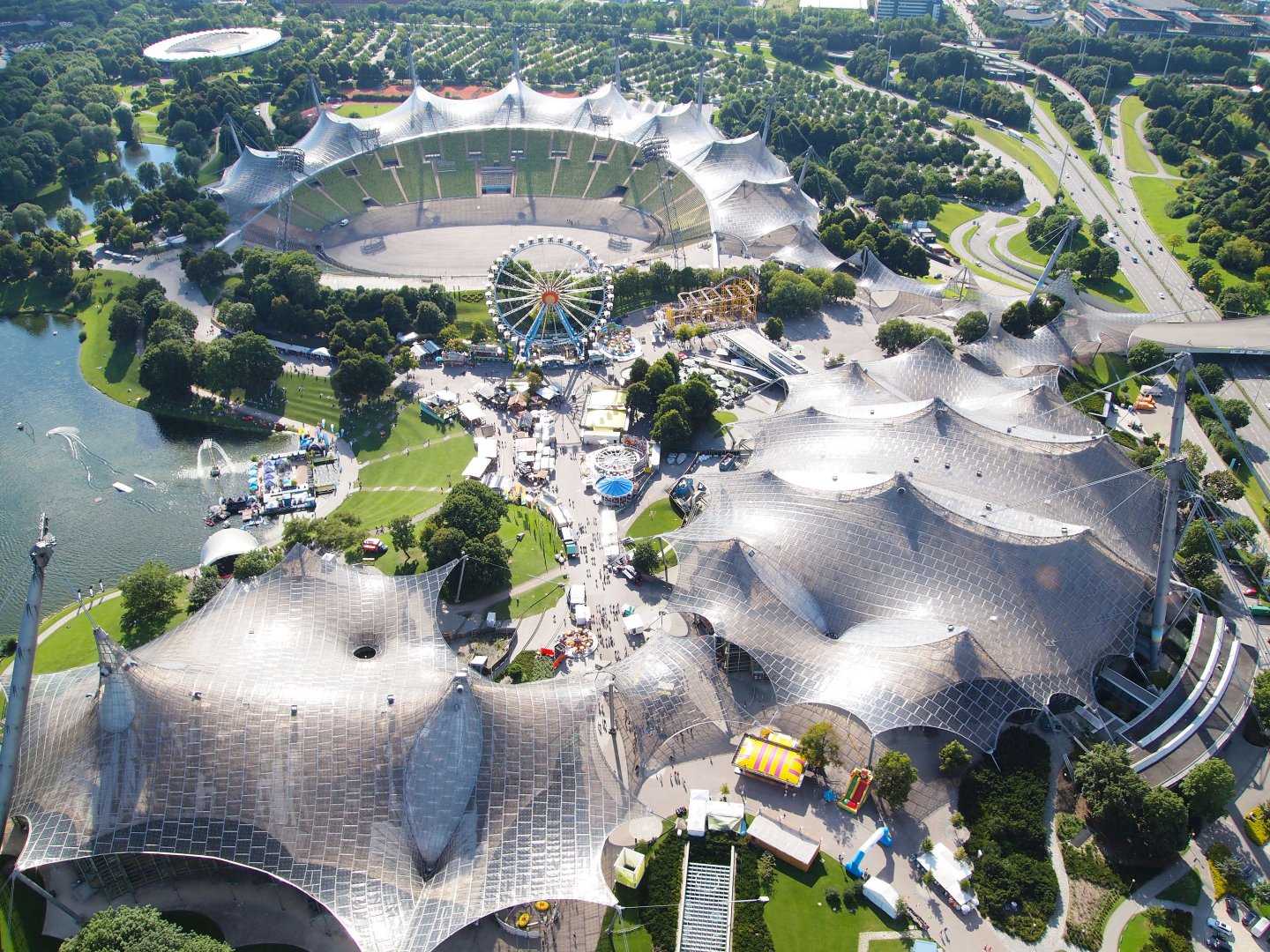
Fabrication-Aware Computational Form-Finding Approach for CNC-Knitted Membranes
Please login to view abstract download link
Knitted membranes offer a promising avenue for lightweight, materially efficient structural systems, but their complex anisotropic behavior and fabrication constraints pose challenges for traditional form-finding methods. While well-established form-finding methods such as the force density method (FDM) [1], the particle string method [2], and dynamic relaxation methods (DRM) [3] are effective low-fidelity tools for generating efficient structural geometries, they often overlook the realities of fabrication and the directional material behavior inherent in knitting. This research introduces a fabrication-aware computational design workflow tailored specifically for CNC-knitted membranes, embedding both material logic and knit-specific constraints into the structural form-finding process. The proposed computational workflow builds upon FDM and employs an iterative form-finding strategy tailored to the anisotropic behavior of knitted textiles. An initial equilibrium geometry is generated using FDM, serving as an initial approximation. This geometry is subsequently remeshed to align with the principal material directions—warp and weft—reflecting the inherent structure of the textile. The remeshed configuration is then reintroduced into the FDM solver for a final form-finding iteration, incorporating calibrated directional stiffnesses and fabrication-specific constraints. This iterative process enables a more accurate representation of the textile’s mechanical response and constructability. The proposed methodology is validated through the design, CNC-knitting, and physical testing of a series of membrane prototypes, each characterized by distinct knit orientations. To assess the accuracy of the computational workflow, the form-found digital models are directly compared to their fabricated counterparts. The resulting geometries demonstrate a high degree of correlation, indicating that the integration of material-informed simulation and textile-specific constraints yields physically accurate and fabrication-ready outcomes. These findings underscore the potential of the approach to enable structurally informed knitted membranes within architectural applications.

